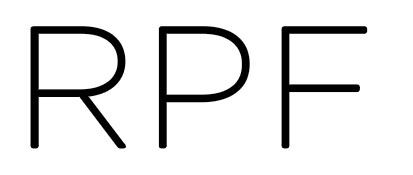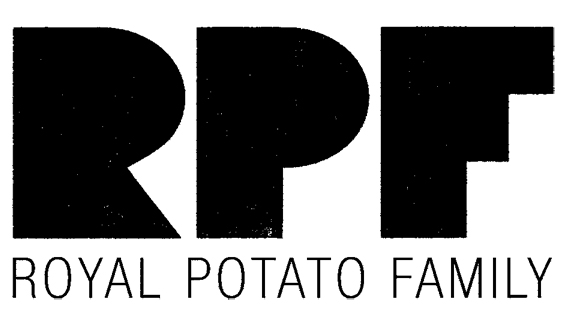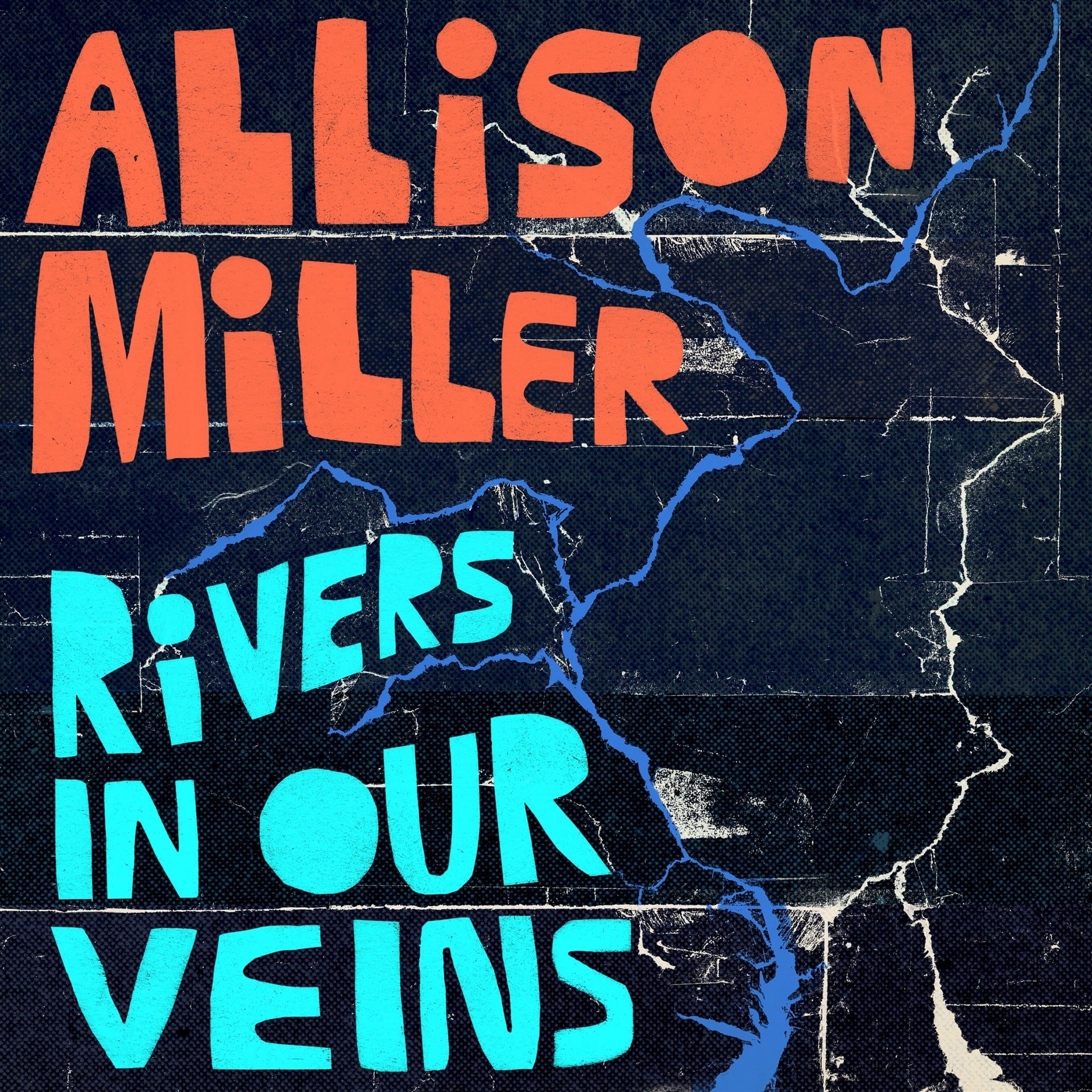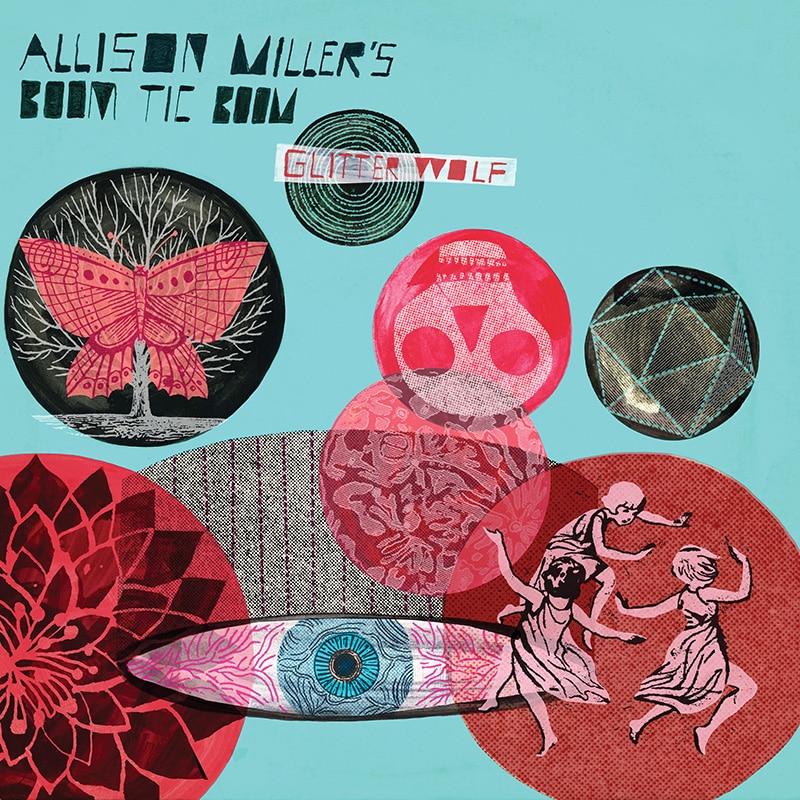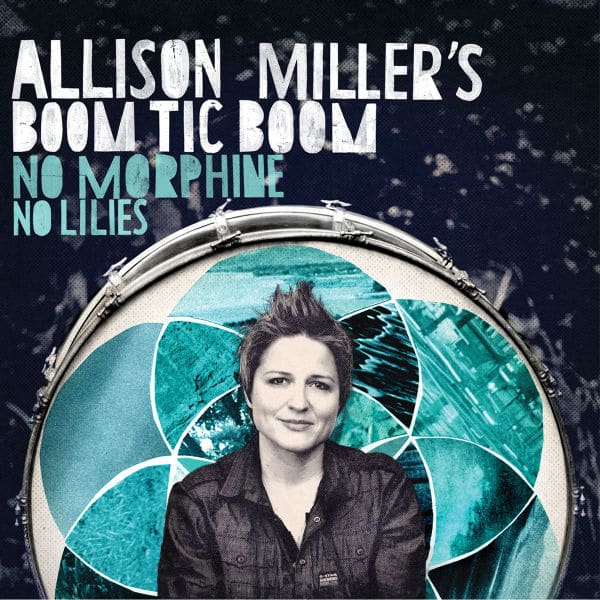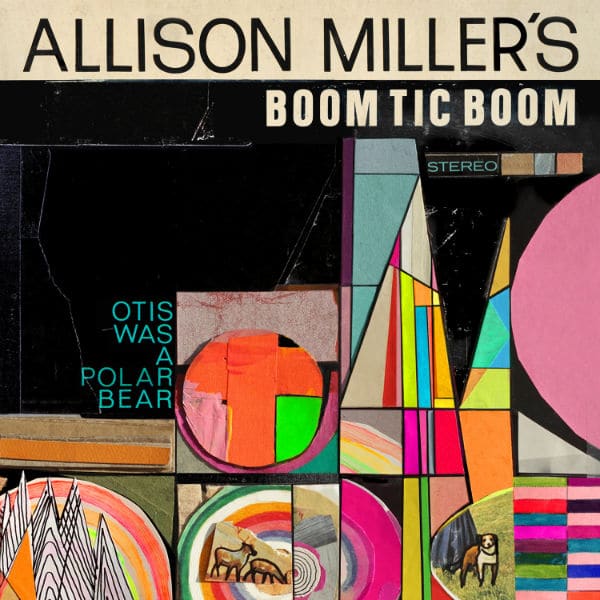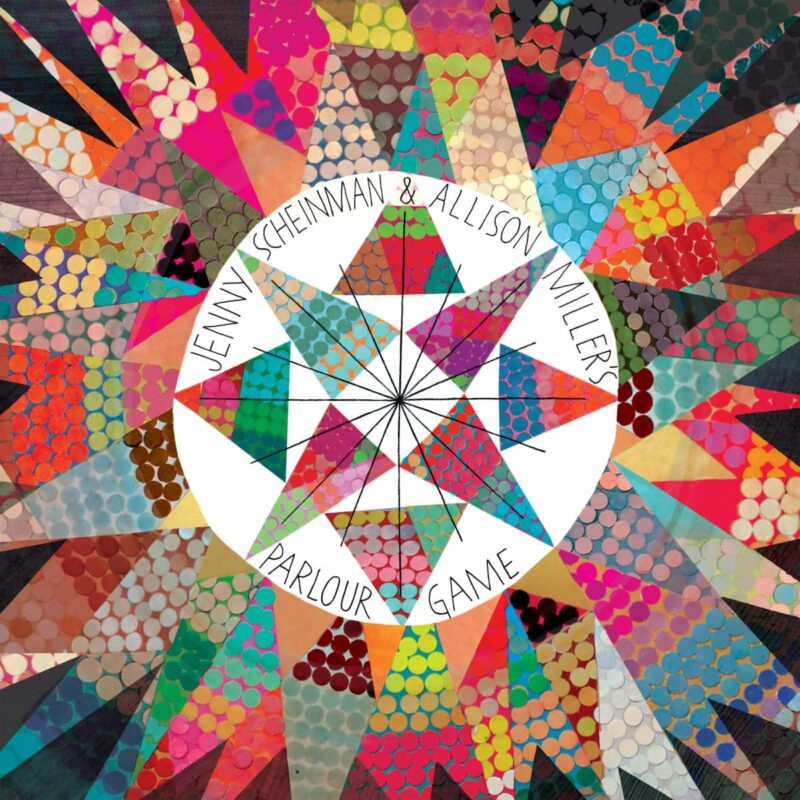A lauded drummer who’s mastered a vast array of musical settings—from guesting on late night TV, keeping time for some of today’s most beloved singer-songwriters, and being a renowned bandleader/composer in her own right—Allison Miller is always at the heart of the music. Her latest album, Rivers In Our Veins, is a 12-song cycle embracing the concept of flow and renewal, and dedicated to our nation’s crucial rivers, watersheds and the organizations devoted to reviving and protecting them. Commissioned by Mid Atlantic Arts Organization and Lake Placid Center for the Arts, Rivers In Our Veins is the studio manifestation of an ambitious live multimedia production with original music composed by Miller featuring a deeply telepathic cast of improvisers, as well as, tap and contemporary dancers.
From the start, Allison Miller built Rivers around “the sound, tone and approach” of Carmen Staaf, the deft pianist in her and Scheinman’s quartet Parlour Game. “Carmen was the musician I was connecting with the most while writing Rivers. She would bring my compositional ideas to life. Once the compositions began to blossom, I knew Jenny Scheinman would be a perfect addition, ushering in an American folk sound that evokes the history of culture and migration along American rivers. Todd Sickafoose was the next natural collaborator, with his huge sound and elastic sense of time. These are all master improvisational storytellers, which is vital to this aural exploration of rivers.”
Like Scheinman and Sickafoose, Goldberg is a member of Miller’s Boom Tic Boom, a near-legendary improvisor whose liquid Bb clarinet and contra-alto provide textures both aqueous and gritty. Trumpeter Jason Palmer is a more recent addition to Miller’s world, but proves to be a foundational element whose expansive palette shapes the music’s sonic scope.
Rivers In Our Veins opens with the two-part “Of Two Rivers,” which was inspired by the bifurcated Susquehanna. The piece begins with slow-rolling polyphonic power, gathering rollicking momentum until the key shifts. A tap passage opens “Part 2,” which rushes headlong with an undercurrent rhythmic agitation marked by unpredictable eddies and tempo shifts.
Miller isn’t the first major jazz musician to incorporate tap—McCoy Tyner and Geri Allen both collaborated with top tap dancers—but no contemporary jazz artist has forged deeper ties to the tap community than Miller. She’s composed and toured with choreographers and master tap dancers Dormeshia Edwards, Jason Samuel Smith, Derrick K. Grant, Camille A. Brown, and McArthur “Genius” Fellow Michelle Dorrance’s award-winning company Dorrance Dance, which is where she connected with Claudia Rahardjanoto. Tap dance, a truly classical American art form, plays a more extensive role in the live Rivers production, but it’s also a thread that runs through the song cycle on Rivers In Our Veins.
“About 15 years ago, I realized my music and life had, unfortunately, become distanced from dance. From that moment on, I vowed to bring dance back into my life,” explains Miller, who went on to collaborate with leading artists in tap and contemporary dance. “My life got so much richer once I reconnected my rhythm making with dance.”
In concert, “Water” usually serves as the project’s gentle introduction, luring listeners to dip into the becalmed shallows with Staaf scattering notes like late-afternoon sunbeams shimmering on branches overhanging the banks. Directly segueing into “Hudson,” Miller offers a rootsy hat-tip to Pete Seeger, whose campaign to restore the abused river helped pass the landmark Clean Water Act of 1972. “Hudson” evokes blues and bluegrass as it swells and expands downstream, taking on anthemic grandeur as it goes. A ruckus ode to the resilience of the people who’ve moved along the waterways over the centuries, “Fierce” is a tune inspired by the breadth of their communal endeavors, from the underground activities conjured by Goldberg’s rumbling contra-alto to the to-and-fro treks embodied by the exquisite tap work that leads directly to the next track.
No piece swings more joyously than “For The Fish,” which opens as a terpsichorean trio featuring Miller’s expert brushwork and Rahardjanoto’s and Dorrance’s deft footwork. As Goldberg and Palmer join in, it’s clear the clean water makes for some frisky fishes. “GO!” offers a different celebratory groove, with a deep Crescent City pocket that evokes a fish fry down by the riverside. Goldberg’s subterranean contra-alto kicks off “Shipyards,” a piece inspired by the history of nautical industry and the resulting union organizing on the James River. Staaf’s ominous 5/4 piano line and Goldberg’s foghorn contra-alto contrast starkly with Scheinman’s finely spun filaments.
The closing three pieces encapsulate the collision of the natural world and humanity. A sublime meditation on organic forms, the pastoral idyll of “Riparian Love” proceeds at unpredictably varying meters. The forthright “Potomac” was inspired by legendary African-American contralto Marian Anderson’s defiant 1939 performance in front of the Lincoln Memorial after the Daughters of the American Revolution barred her from singing in Constitution Hall. Rivers concludes with “The Dancing Tide,” a recapitulation of themes from the song cycle that opens with Staaf at her most Ellingtonian. Almost an etude, the piece brings the production to a celebratory close, a party to which everyone’s invited to lend a hand.
Allison Miller always cast a wide creative net so it’s no surprise she’s leading such a multifarious project. Her career includes extensive work with Toshi Reagon, Ani DiFranco, Natalie Merchant, Brandi Carlile, and Erin McKeown. She’s also forged creative alliances with pianist Myra Melford, guitarist Wendy Eisenberg, bassist Scott Colley, and saxophonist Dayna Stephens. She toured and recorded widely with Hammond B-3 legend Dr. Lonnie Smith and bassist Ben Allison, and composed music for Showtime’s cult series, The L Word. On top of releasing more than a dozen albums as a leader or co-leader, she’s the engine powering the acclaimed Blue Note recording group Artemis.
“What’s your local river?” Miller asks. “What can you do for it? This project is about raising awareness and consciousness of our local waterways. It’s about highlighting the grassroots conservation organizations who are working tirelessly to clean up our rivers. Not only are they making environmental policy change at the state and federal level, they are literally wading through the rivers picking up trash. For every live performance, we team up with local river keeper organizations, providing them an opportunity to widen their network and raise money for their efforts. Rivers is about essential conservation and celebrating diversity and biodiversity. It’s about water and music, which is to say, life.”

